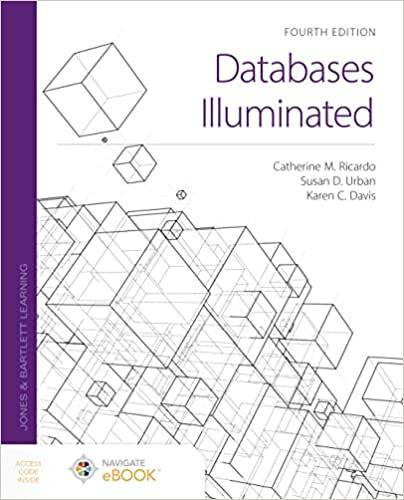Answered step by step
Verified Expert Solution
Question
1 Approved Answer
Required information NOTE: This is a multi - part question. Once an answer is submitted, you will be unable to return to this part. If
Required information
NOTE: This is a multipart question. Once an answer is submitted, you will be unable to return to this part. If we let the domain be all animals, and is a spider", is an insect", is a dragonfly", has six legs", eats then the premises be
"All insects have six legs,"
"Dragonflies are insects,"
"Spiders do not have six legs," notL
"Spiders eat dragonflies."
The conditional statement AAx, If is an insect, then has six legs" is derived from the statement "All insects have six legs" using
You must provide an answer before moving to the next part.

Step by Step Solution
There are 3 Steps involved in it
Step: 1

Get Instant Access to Expert-Tailored Solutions
See step-by-step solutions with expert insights and AI powered tools for academic success
Step: 2

Step: 3

Ace Your Homework with AI
Get the answers you need in no time with our AI-driven, step-by-step assistance
Get Started


